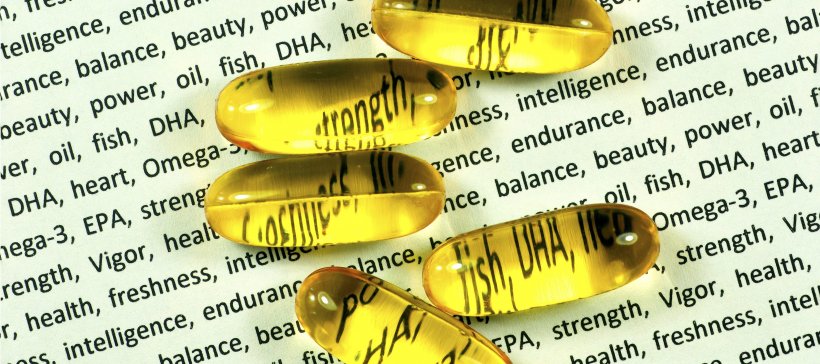What are Omega-3s and why are they important?
Not all omega-3s are the same.
The omega-3 long-chain polyunsaturated fatty acids (EPA and DHA) come from the marine environment and are essential nutrients for all vertebrates’ development, metabolism and physiology.
There are other types of omega-3s: the short-chain fatty acids, which don’t have the same properties and therefore don’t provide the same nutritional and health benefits.
What consequences could people face if there is not enough Omega-3 in their diet?
The omega-3 long-chain polyunsaturated fatty acids (EPA and DHA) have the most beneficial effects in cardiovascular and inflammatory diseases, and important roles in neural development and function.
They work in balance with omega-6s, mainly derived from vegetable oils, which have essential metabolic functions that are generally opposite to those of omega-3s.
Today, globally, omega-6 is exceeding omega-3 by over 20-fold. The balance needs to be restored.
How much Omega-3 should a person get on a daily basis?
It is generally recommended that a person, whatever their age, gets 500mg EPA and DHA per day. Pregnant and lactating women should get a superior intake, at 700mg per day.
What foods are good sources of Omega 3?
Farmed fish are increasingly important in the human diet for the supply of EPA and DHA, now the world produces more seafood from fish farms than wild catch. Farmed fish should be as nutritious to human consumers as wild fish, that consume high levels of EPA and DHA in their natural diet. Up to one third of fish oil is made of EPA and DHA. That’s why it is the nutritional benchmark and natural source of EPA and DHA used in aquafeed.

Table 1 lists a number of health benefits that are attributed to the regular consumption of EPA and DHA along with a grading depending on the level of scientific support.
| Disease or health condition | Strong evidence of significant health benefits | Promising preliminary results | Possible health benefits (require more substantiation) |
|---|---|---|---|
| Coronary heart disease | ✓ | ||
| High blood pressure | ✓ | ||
| Irregular heartbeat (arrhythmia) | ✓ | ||
| Asthma | ✓ | ||
| Rheumatoid arthritis | ✓ | ||
| Crohn’s disease | ✓ | ||
| Diabetes | ✓ | ||
| Hypertriglyceridemia | ✓ | ||
| Cancer | |||
| Bowel cancer | ✓ | ||
| Laryngeal cancer | ✓ | ||
| Pancreatic cancer | ✓ | ||
| Central nervous system | |||
| Neural development | ✓ | ||
| Memory | ✓ | ||
| Depression | ✓ | ||
| Psychosis | ✓ | ||
| Multiple sclerosis | ✓ |
Source: Adapted from ‘What is so healthy about Seafood?’ Australian Government, Fisheries Research and Development Corporation








